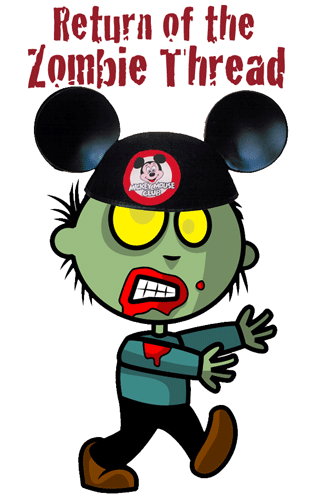FWIW; My Lee FCD for .44 Magnums lives in a landfill somewhere in Southern Oregon. I purchased one out of curiosity although I heard/read very little good about them. I ruined about 20 perfectly sized cast 250 gr. SWC rounds, and experienced barrel leading/poor accuracy the first time I tied it. I knocked out the carbide ring but the resulting crimp was uneven and rough. For the occasional jacketed bullets I reloaded, the FCD did noting except apply an average/poor crimp. There are many reloaders that like them but in my thinking/experience, learning how to adjust the dies properly so no bulges occur is a much better approach. I have reloaded many thousands of .44 Magnum rounds (started in '86) and never had a need to "post bullet seat resize" any rounds. A plain old roll crimp works quite well. (I have also reloaded many thousand 9mm and 45 ACP rounds, cast and jacketed, quite successfully without the use of a "post seating sizing die")...
I'd suggest a normal roll crimp die and adjust it in increments to achieve a crimp similar to factory ammo, without relying on "turns of crimp". It's OK to experiment as crimping can either be too light and bullets will slip during recoil or too hard and buckle the cases, but there is a lot of room in between too light and too heavy. I have found a Redding Profile Crimp die to work exceptionally well on my .44s...
Go slow, double check everything, and most important, have fun...
BTW; not a Lee Hater, just think a new reloader is better off without an FCD..


